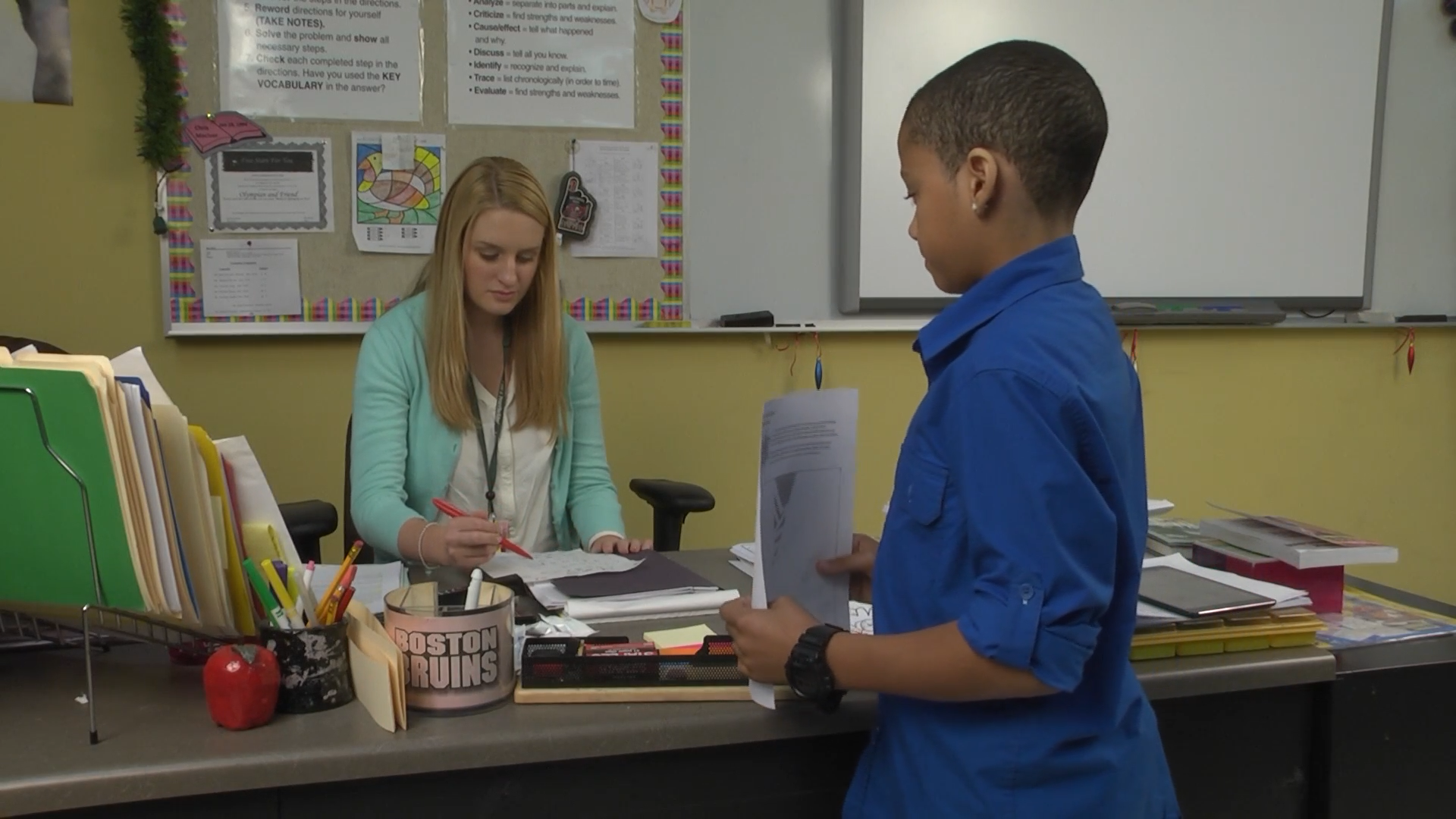
Introduction
One of the most important skills students need to learn is how to get someone’s attention before speaking to them. This not only helps maintain a respectful and orderly environment in the classroom but also enhances communication and minimizes misunderstandings. In this blog post, we will explore an easy-to-implement, no-prep activity to teach this skill, followed by discussion questions, related skills, and next steps to further enhance students’ social-emotional learning.
No-Prep Activity
For this activity, you don’t need any additional materials or preparation. Simply follow these steps:
- Divide the students into pairs.
- Ask one student in each pair to play the role of a teacher, while the other student plays the role of a student who needs help.
- Direct the students to enact a situation where the student needs to get the teacher’s attention before asking for help. Encourage them to use different methods, such as looking at the teacher, tapping them on the shoulder, or using their words.
- After a few minutes, ask the pairs to switch roles and repeat the activity.
- Once both students have had a chance to practice, initiate a group discussion to reflect on their experiences and the importance of getting someone’s attention before speaking.
Discussion Questions
- Why is it important to get someone’s attention before speaking to them?
- What are some different ways you can get someone’s attention in a respectful manner?
- How do you feel when someone doesn’t get your attention before speaking to you? How does it affect your communication?
- What challenges did you face when trying to get your partner’s attention during the activity? How did you overcome them?
- How can practicing this skill contribute to a positive and respectful classroom environment?
Related Skills
Besides learning how to get someone’s attention before speaking, students can also benefit from developing the following related skills:
- Active Listening: Being able to listen attentively and respond appropriately to others is crucial for successful communication.
- Assertiveness: Knowing how to express oneself confidently and respectfully can help students avoid misunderstandings and ensure their needs are met.
- Nonverbal Communication: Understanding and using body language effectively can enhance communication and help students convey their message more clearly.
- Respecting Personal Boundaries: Recognizing and respecting the personal space and boundaries of others can contribute to a positive and supportive learning environment.
Next Steps
Now that you’ve learned about the importance of getting someone’s attention before speaking and how to teach this skill to your students, it’s time to explore additional resources to support their social-emotional learning journey. Sign up for free samples of our skill-based materials and other resources at Everyday Speech to help your students develop essential communication and social skills.





